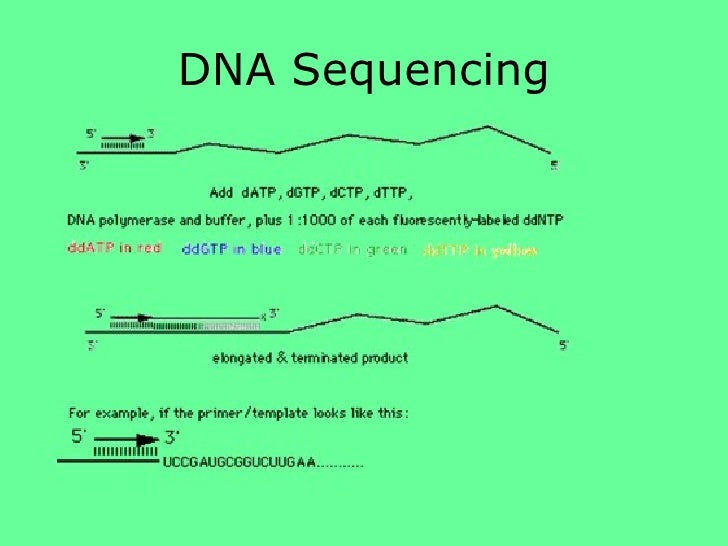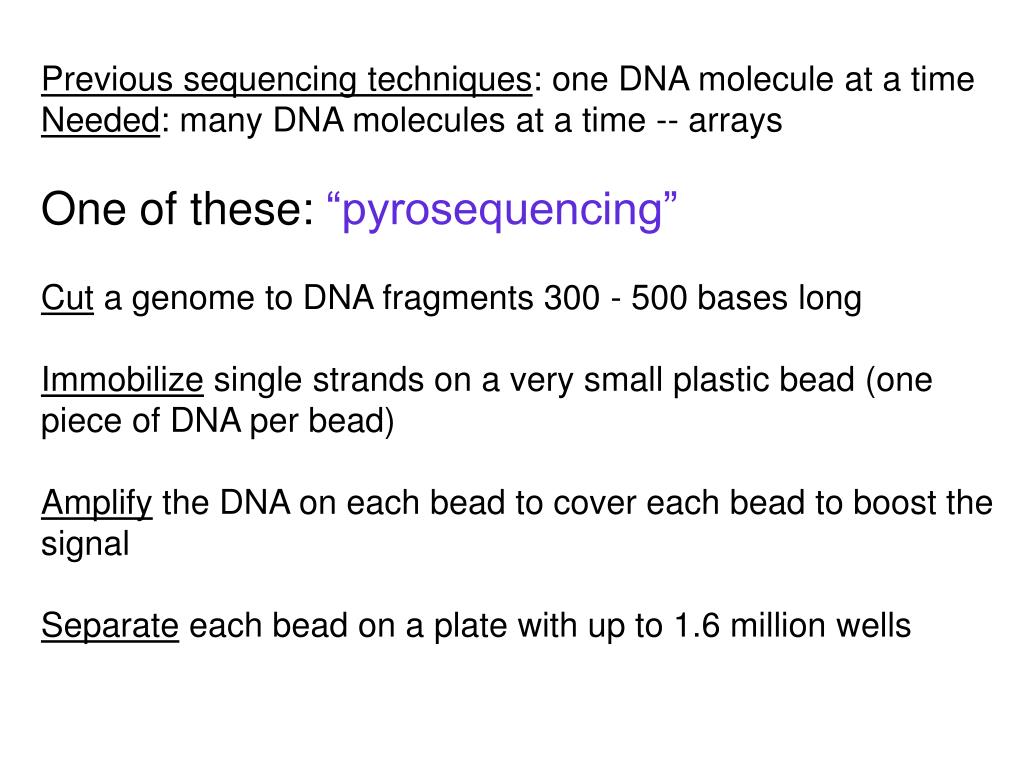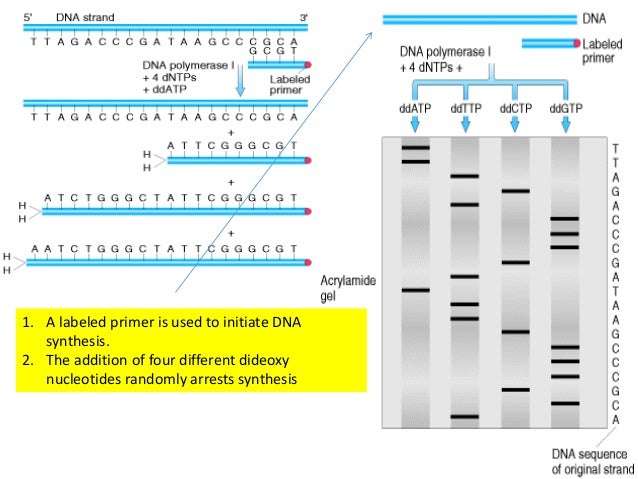

As a result, your scientists can switch entirely to SnapGene without losing data, or can continue using legacy software together with SnapGene without conflict.Īs a service to the research community, SnapGene provides tutorial videos along with a library of carefully annotated plasmids, along with guides to popular cloning methods.

PERIOD 2 SEQUENCE SNAPGENE FREE
dna files can be opened by the free cross-platform SnapGene Viewer, enabling you to share richly annotated maps and sequences with colleagues. Every DNA manipulation in SnapGene is automatically recorded, so you can see exactly what you did and retrieve the sequences of ancestral constructs.SnapGene makes your DNA manipulations easy to visualize and simulate, and alerts you to errors before they happen.The software also enables documentation and sharing of data. With an intuitive interface, the software enables DNA sequence visualization, sequence annotation, sequence editing, cloning, protein visualization, and simulating common cloning methods. In the above example, the eGFP CDS stop codon will be replaced with the incoming feature.

Click at the position you wish to insert the feature, or select 1 or more nucleotides if you wish to replace a region with the feature. Sticky ends from different BsaI sites may not be compatible.SnapGene enables an easy and secure way to plan, visualize, and document everyday molecular biology procedures. Open a DNA sequence and switch to Sequence view. This recognition sequence is asymmetric, so ligating blunt ends generated by BmgBI will not always regenerate a BmgBI site. Sticky ends from different EcoO109I sites may not be compatible.īsiWI is typically used at 55☌, but is 50% active at 37☌.īsrGI is typically used at 37☌, but is even more active at 60☌. PaeR7I does not recognize the sequence CTCTCGAG. Sticky ends from different BsoBI sites may not be compatible.īsoBI is typically used at 37☌, but can be used at temperatures up to 65☌. Sticky ends from different AvaI sites may not be compatible. Sticky ends from different BsrDI sites may not be compatible.Īfter cleavage, BamHI-HF® (but not the original BamHI) can remain bound to DNA and alter its electrophoretic mobility.ĮcoRV is reportedly more prone than its isoschizomer Eco32I to delete a base after cleavage.


 0 kommentar(er)
0 kommentar(er)
